The Ultimate Guide to Choosing the Best Acoustic Guitar: From Sound to Style, We've Got You Covered
Different types of acoustic guitars
When it comes to finding the best acoustic guitars, there is a wide range of options to choose from. Each type offers its own unique sound and characteristics, catering to different playing styles and genres. Let's take a closer look at some of the most popular types of acoustic guitars.
1. Dreadnought: The dreadnought is one of the most common and versatile acoustic guitar styles. It features a large body and a rich, powerful sound that's perfect for strumming and flatpicking. If you're looking for a guitar that can deliver a strong and balanced tone, a dreadnought might be the right choice for you.
2. Concert: Concert guitars are slightly smaller than dreadnoughts, making them more comfortable to play, especially for those with smaller hands. They produce a balanced sound with a clear midrange, making them a great choice for fingerstyle players and vocal accompaniment.
3. Jumbo: If you're after a big, boomy sound, a jumbo acoustic guitar might be the perfect fit. With their large bodies and deep bass response, jumbo guitars are ideal for players who want to make a bold statement on stage or in the studio.
4. Auditorium: Auditorium guitars strike a balance between the larger dreadnought and the smaller concert guitars. They offer a versatile sound that's suitable for a wide range of playing styles, making them a popular choice among acoustic guitarists.
Remember, the type of acoustic guitar you choose will largely depend on your personal preferences and the type of music you intend to play. Take the time to try out different types of guitars to see which one feels and sounds the best to you.
Factors to consider when choosing an acoustic guitar - sound, playability, and body style
When choosing an acoustic guitar, there are several factors you need to consider to ensure you find the perfect instrument for your needs. Let's explore these factors in more detail.
1. Sound: The sound of an acoustic guitar is one of the most important considerations. Different types of wood used for the top, back, and sides of the guitar can significantly impact its tone. For example, spruce tops are known for their bright and articulate sound, while cedar tops produce a warmer and more mellow tone. Additionally, the body shape and size of the guitar can influence its sound. Experiment with different tonewoods and body styles to find the sound that resonates with you.
2. Playability: Playability refers to how comfortable and easy it is to play the guitar. Factors such as the neck shape, action (the distance between the strings and the fretboard), and the overall setup of the instrument can affect playability. Look for a guitar with a neck shape and width that feels comfortable in your hands, and check that the action is neither too high nor too low for your playing style.
3. Body style: As mentioned earlier, different body styles offer different sound characteristics. Consider the size and shape of the guitar that suits your playing preferences. If you're primarily a strummer, a larger-bodied guitar like a dreadnought or jumbo may be more suitable. On the other hand, if you're into fingerstyle playing, a smaller-bodied guitar like a concert or auditorium might be a better choice.
By taking these factors into account, you can ensure that the acoustic guitar you choose not only sounds great but also feels comfortable to play. Remember, finding the right balance between sound, playability, and body style is key to selecting the perfect instrument for you.
Popular acoustic guitar brands
Now that you have a better idea of the type of acoustic guitar you're looking for, let's explore some of the most popular brands known for their exceptional quality and craftsmanship.
1. Martin: Martin is one of the oldest and most revered acoustic guitar manufacturers in the world. Known for their rich tone and impeccable build quality, Martin guitars have been favored by legendary musicians such as Bob Dylan and Johnny Cash.
2. Taylor: Taylor guitars are renowned for their innovative design and sound. With their sleek and modern aesthetic, Taylor guitars offer a wide range of tonal options, making them popular among contemporary artists.
3. Gibson: Gibson is synonymous with electric guitars, but they also produce exceptional acoustic guitars. Loved by blues and rock musicians, Gibson acoustic guitars are known for their warm tone and vintage-inspired designs.
4. Yamaha: Yamaha offers a fantastic range of affordable and high-quality acoustic guitars suitable for players of all levels. Whether you're a beginner or a seasoned pro, Yamaha has a guitar to suit your needs.
These are just a few examples of the many reputable acoustic guitar brands available today. Each brand has its own unique characteristics, so it's worth trying out guitars from different manufacturers to see which one resonates with you.
How to choose the right size and shape for your acoustic guitar
Choosing the right size and shape of an acoustic guitar is crucial for both comfort and sound. Here are some guidelines to help you find the perfect fit.
1. Consider your body size: If you have a smaller frame or shorter arms, a smaller-bodied guitar like a concert or auditorium might be more comfortable to play. On the other hand, if you have a larger build, a dreadnought or jumbo guitar may suit you better.
2. Playability: The size and shape of the guitar should also complement your playing style. If you primarily strum chords, a larger-bodied guitar will provide more volume and resonance. If you're into fingerstyle playing, a smaller-bodied guitar may offer better articulation and responsiveness.
3. Try before you buy: It's essential to try out different sizes and shapes of guitars to see what feels and sounds best to you. Visit your local music store and spend some time playing guitars of different sizes and shapes. Pay attention to how comfortable the guitar feels in your hands and how it responds to your playing style.
Remember, there is no one-size-fits-all solution when it comes to choosing the right size and shape for your acoustic guitar. It's all about finding the perfect balance between comfort, playability, and sound.
Understanding different tonewoods and their impact on sound
The choice of tonewoods used in an acoustic guitar can have a significant impact on its sound. Let's take a closer look at some common tonewoods and their characteristics.
1. Spruce: Spruce is one of the most popular tonewoods used for the top of acoustic guitars. It produces a bright and articulate sound with excellent projection, making it a favorite among guitarists of various genres.
2. Cedar: Cedar is known for its warm and mellow tone. It offers a more balanced sound with a strong midrange response. Cedar-topped guitars are particularly favored by fingerstyle players.
3. Mahogany: Mahogany is a dense tonewood that produces a warm and focused sound. It offers a rich low-end response and a smooth midrange, making it a popular choice for blues and folk musicians.
4. Rosewood: Rosewood is highly prized for its rich and complex sound. It offers a deep bass response, clear highs, and a scooped midrange. Rosewood is commonly used for the back and sides of high-end acoustic guitars.
These are just a few examples of the tonewoods commonly used in acoustic guitars. Each tonewood contributes to the overall tone and character of the instrument, so it's worth exploring the different options to find the sound that resonates with you.
Exploring different acoustic guitar styles - fingerstyle, strumming, and flatpicking
Acoustic guitars are incredibly versatile instruments that can be played in various styles. Let's explore some of the most popular playing styles and the types of guitars that suit them best.
1. Fingerstyle: Fingerstyle playing involves plucking the strings with your fingers instead of using a pick. This technique allows for intricate melodies and complex chord progressions. Guitars with a wider neck and a smaller body, such as concert or auditorium guitars, are often favored by fingerstyle players due to their enhanced articulation and responsiveness.
2. Strumming: Strumming is the act of sweeping the strings with a pick or your fingers in a rhythmic fashion. For strumming, guitars with a larger body, such as dreadnought or jumbo guitars, are ideal. Their larger size and volume provide more resonance and projection, making them perfect for accompanying vocals or playing in a band setting.
3. Flatpicking: Flatpicking involves using a pick to play individual notes or strum chords. This technique is commonly used in genres like bluegrass and country. For flatpicking, guitars with a strong midrange and a balanced tone, such as dreadnought or concert guitars, are often preferred to ensure clarity and projection.
Remember, the playing style you choose will influence the type of acoustic guitar that suits you best. Consider the techniques you enjoy and the genres you want to explore, and select a guitar that complements your preferred style.
Tips for testing and selecting the best acoustic guitar
When it comes to choosing an acoustic guitar, it's essential to spend some time testing and comparing different models to find the perfect instrument for you. Here are some tips to help you make an informed decision.
1. Test multiple guitars: Don't settle for the first guitar you try. Test out as many guitars as possible to get a sense of the different tones, playability, and overall feel. Each guitar has its own unique characteristics, and it's important to find one that resonates with you.
2. Play different styles: Experiment with different playing styles to see how the guitar responds. Try strumming, fingerpicking, and flatpicking to get a sense of the guitar's versatility and responsiveness.
3. Listen to the guitar's resonance: Pay attention to the guitar's resonance and sustain. A high-quality instrument will have a clear and balanced tone that rings out and sustains well.
4. Check for build quality: Inspect the guitar for any visible flaws or defects. Look for even spacing between the strings, smooth fret edges, and proper alignment of the neck and body. A well-built guitar will feel solid and comfortable to play.
5. Seek professional advice: If you're unsure about which guitar to choose, don't hesitate to seek advice from a professional guitar technician or a knowledgeable salesperson. They can guide you based on your preferences and playing style.
By following these tips, you can ensure that the acoustic guitar you choose is the perfect fit for you and your musical aspirations.
Essential accessories for acoustic guitar players
Once you've found your dream acoustic guitar, there are a few essential accessories that will enhance your playing experience. Here are some must-have accessories for acoustic guitar players.
1. Guitar case: A sturdy and protective guitar case is essential for keeping your instrument safe during transport. Whether you opt for a hardshell case or a gig bag, investing in a quality case will prolong the life of your guitar.
2. Guitar strap: A guitar strap allows you to play while standing, providing comfort and support. Look for a strap that is adjustable and made from a durable material.
3. Tuner: Keeping your guitar in tune is crucial for sounding your best. A clip-on or pedal tuner is a handy accessory that ensures your guitar is always in tune, whether you're practicing at home or performing on stage.
4. Capo: A capo is a device that clamps onto the neck of the guitar, allowing you to change the pitch without changing the fingering. It's a useful tool for transposing songs or playing in different keys.
5. Picks: Picks, also known as plectrums, come in various thicknesses and materials. Experiment with different picks to find the one that feels comfortable and produces the desired tone.
6. Strings: Regularly changing your guitar strings is essential for maintaining a fresh and vibrant sound. Experiment with different types and gauges of strings to find the ones that suit your playing style.
These are just a few examples of the essential accessories that every acoustic guitar player should have. As you continue to play and explore new techniques, you may discover additional accessories that enhance your playing experience.
Maintenance and care tips for acoustic guitars
To ensure your acoustic guitar stays in top condition and continues to sound its best, it's important to take proper care of it. Here are some maintenance and care tips to keep in mind.
1. Clean your guitar regularly: Wipe down your guitar with a soft cloth after each playing session to remove any fingerprints, sweat, or dirt. Avoid using harsh chemicals or abrasive materials that could damage the finish.
2. Keep your guitar properly humidified: Acoustic guitars are sensitive to changes in humidity, which can cause the wood to warp or crack. Use a humidifier to maintain the optimal humidity level for your guitar, especially in dry environments.
3. Store your guitar in a safe place: When not in use, store your guitar in a case or on a guitar stand to protect it from accidental damage. Keep it away from extreme temperatures, direct sunlight, and excessive moisture.
4. Change strings regularly: Over time, guitar strings can become dull and lose their tone. Aim to change your strings every few months or whenever they start to sound dull or feel difficult to play.
5. Get your guitar professionally set up: If you're experiencing any issues with the playability or intonation of your guitar, consider taking it to a professional for a setup. A setup involves adjusting the neck, action, and intonation to ensure optimal playability and sound.
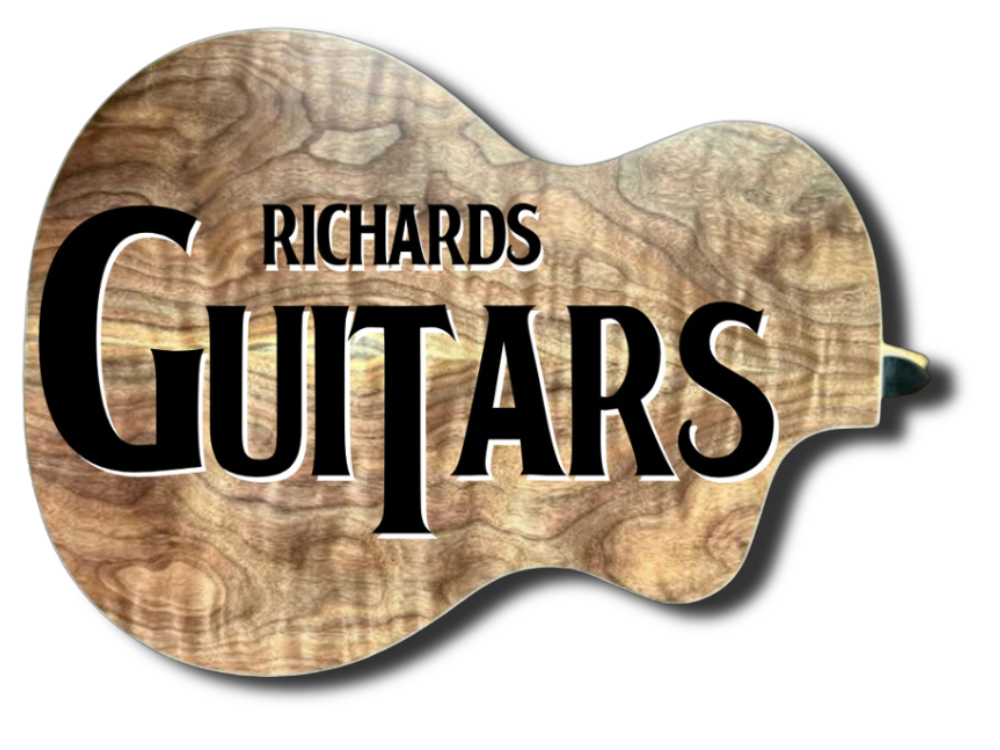
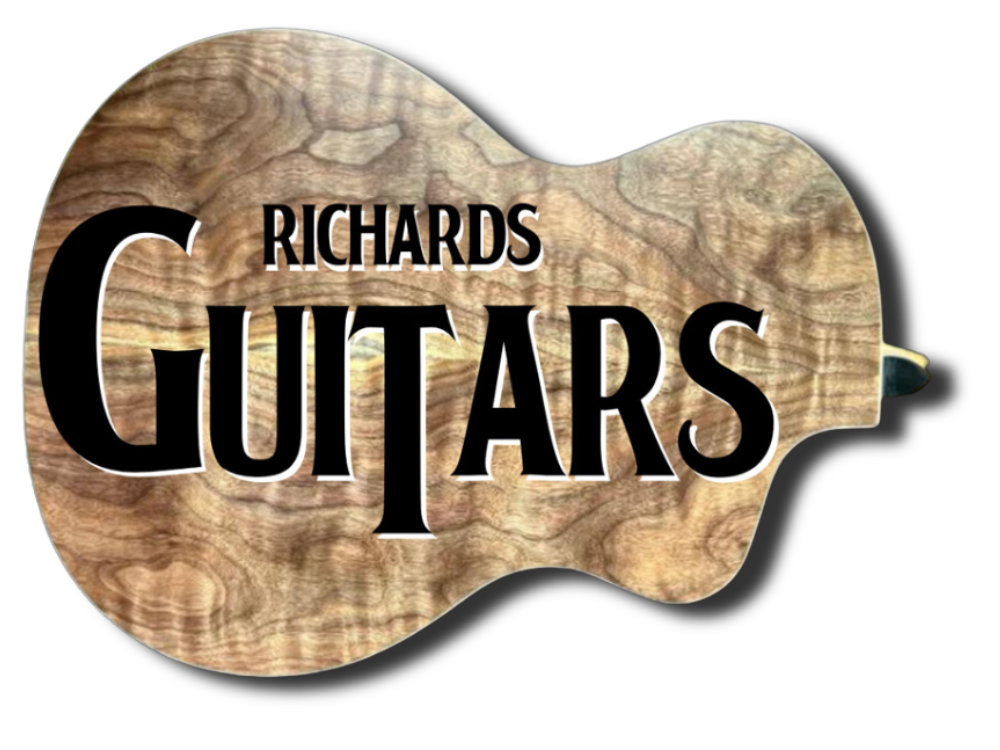

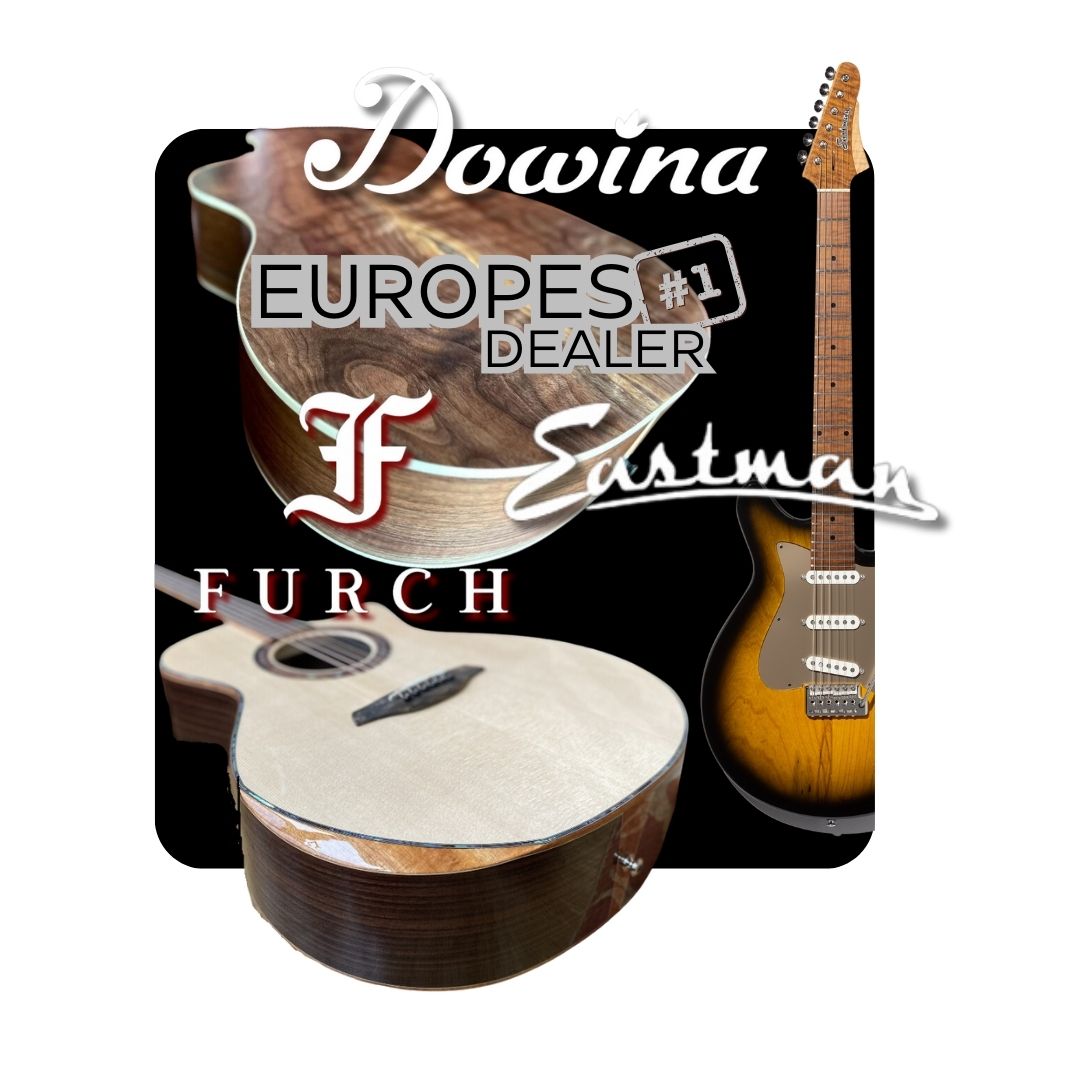





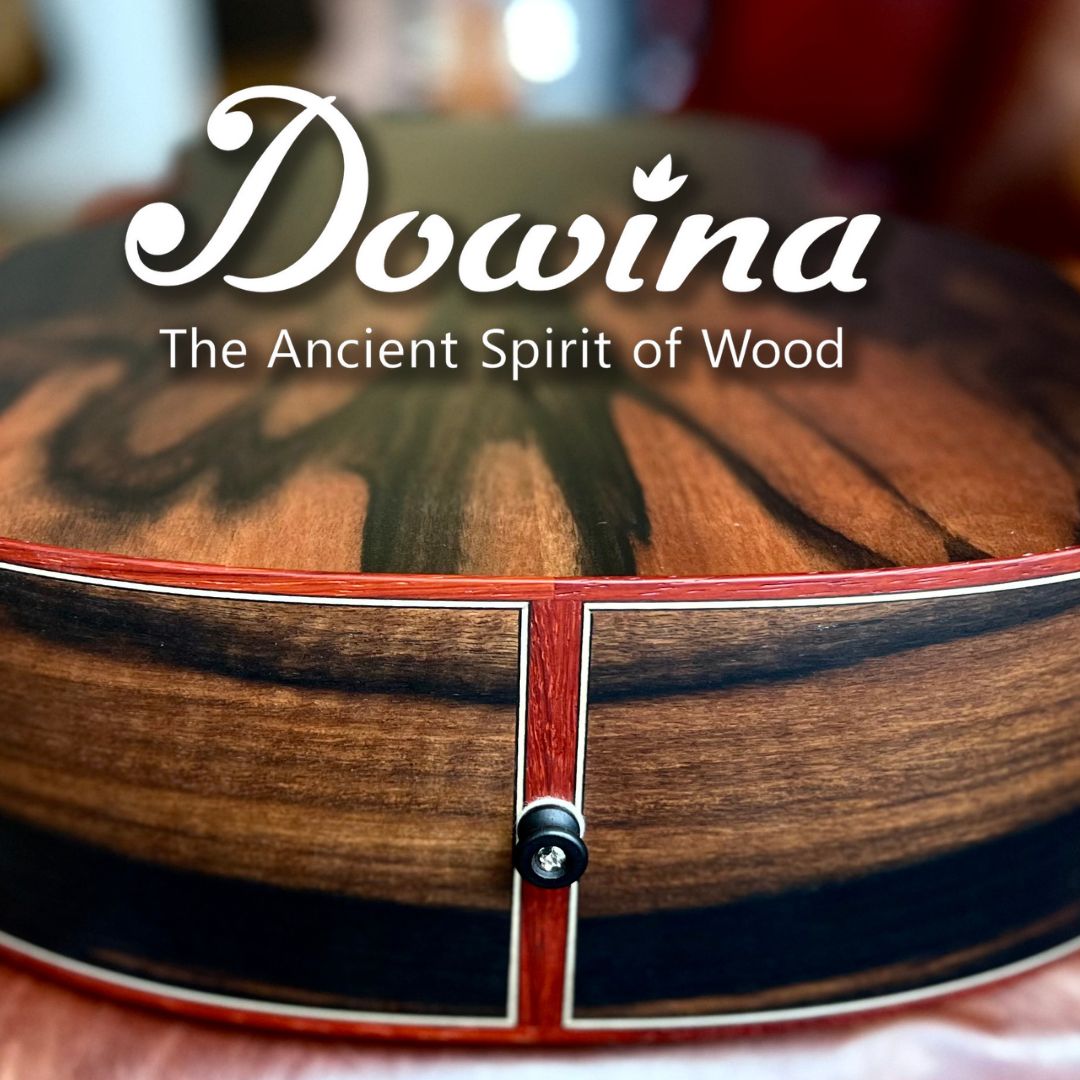

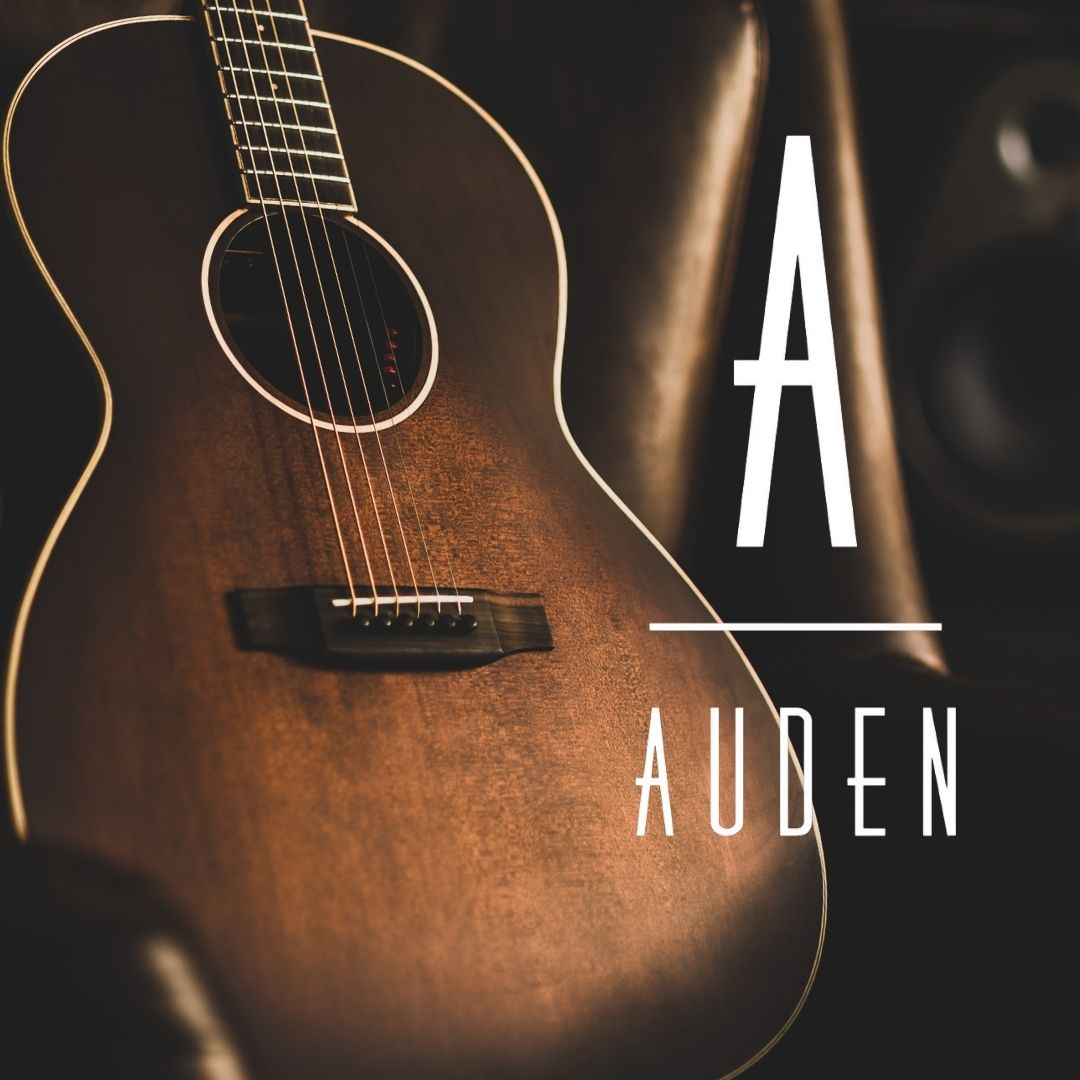
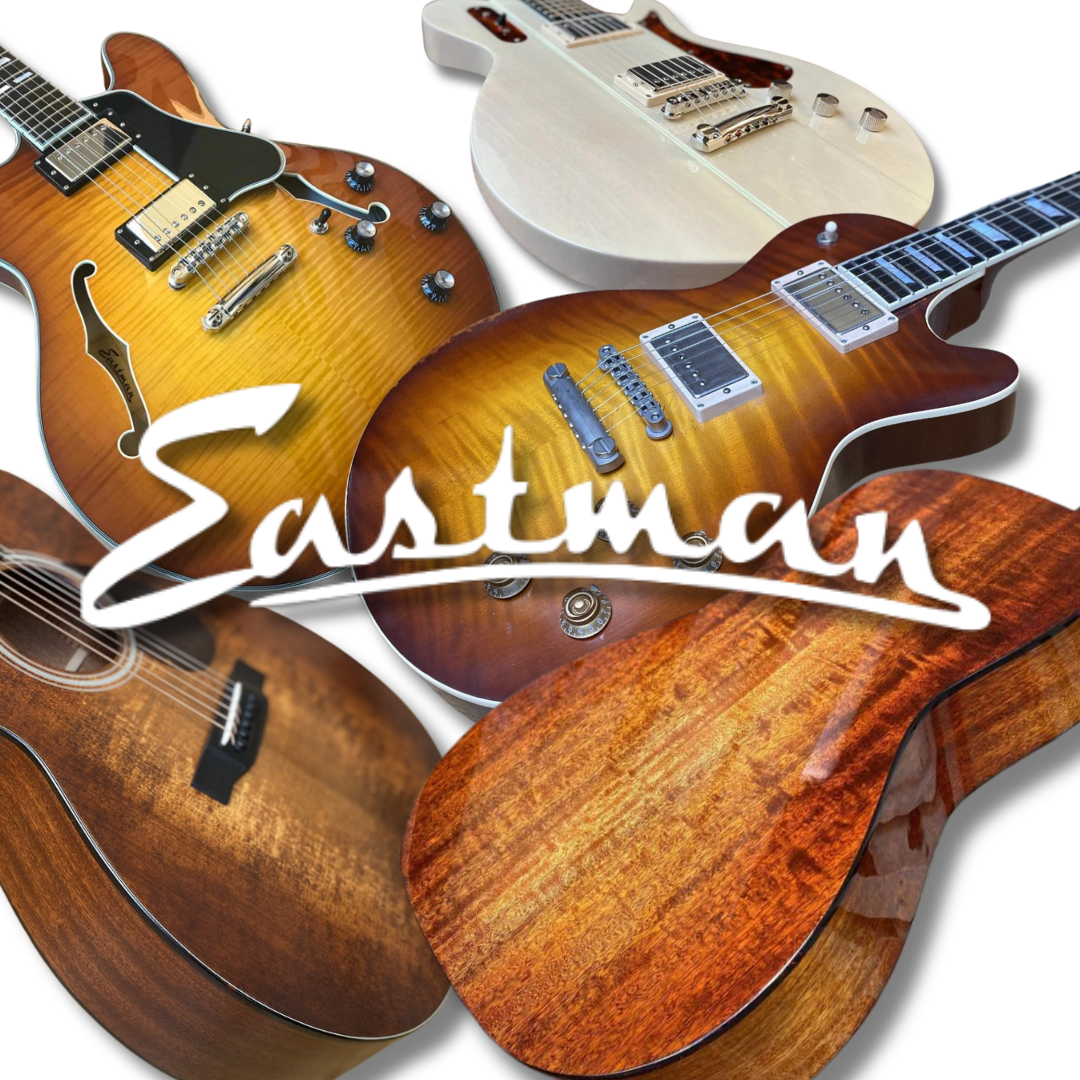
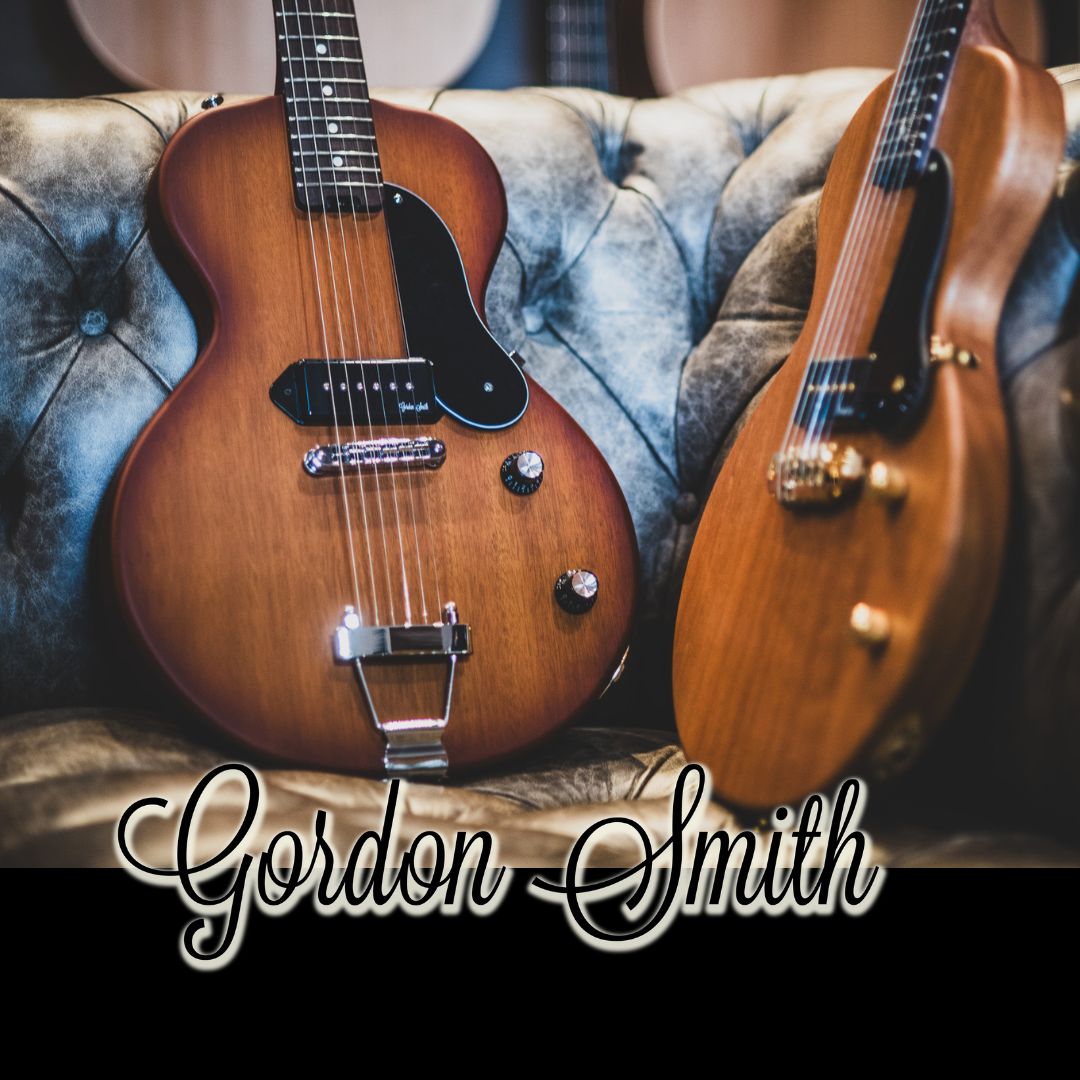
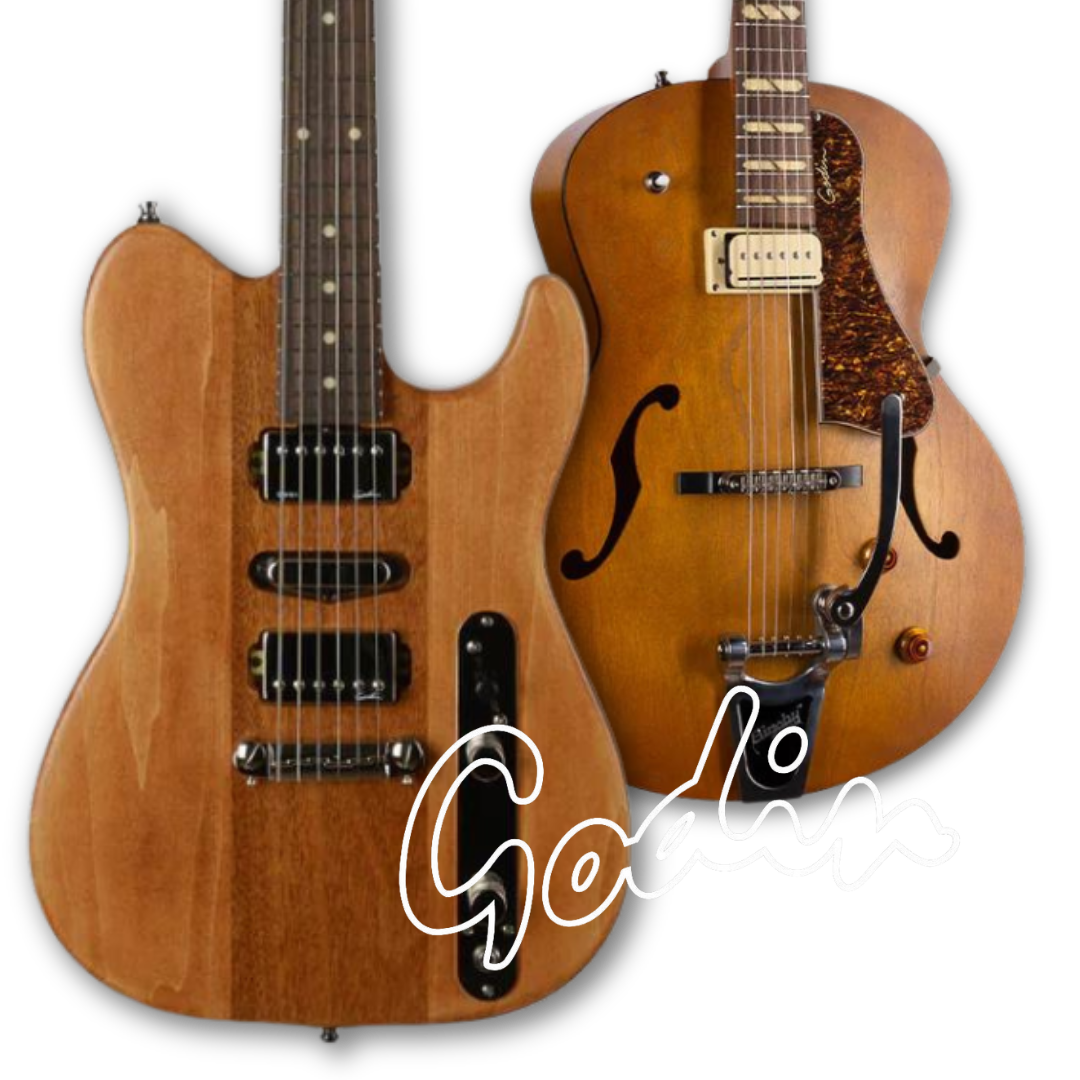
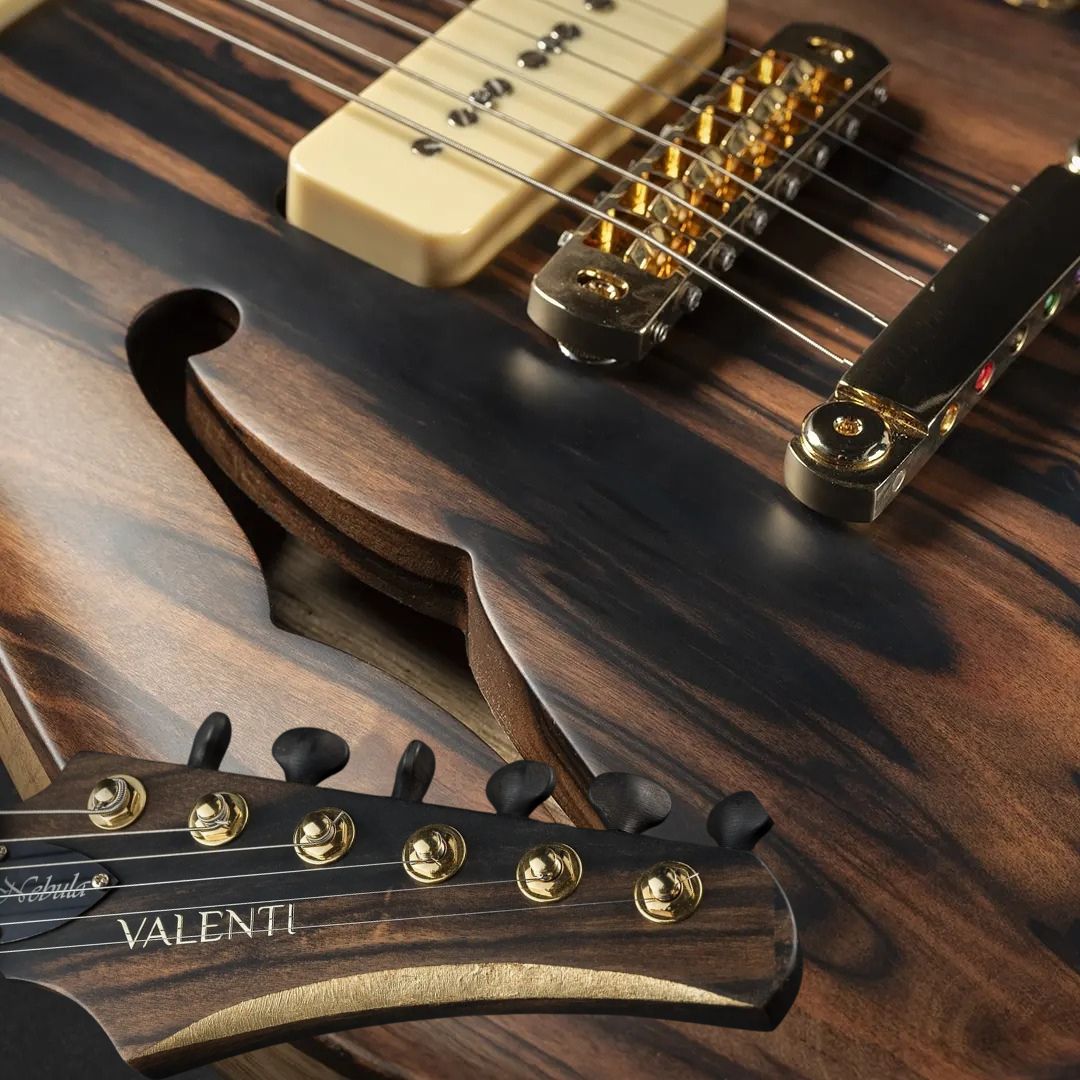
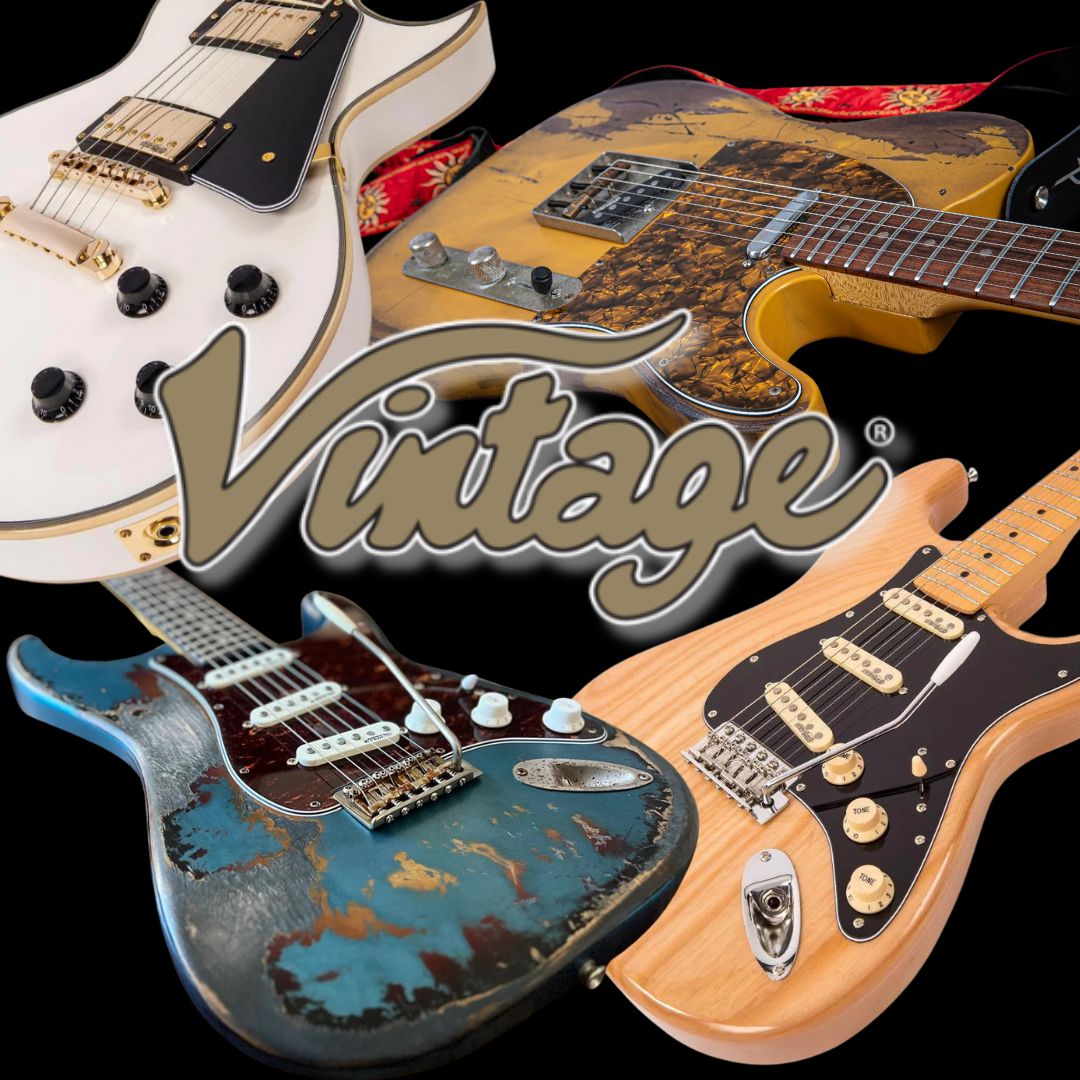
Leave a comment
This site is protected by reCAPTCHA and the Google Privacy Policy and Terms of Service apply.